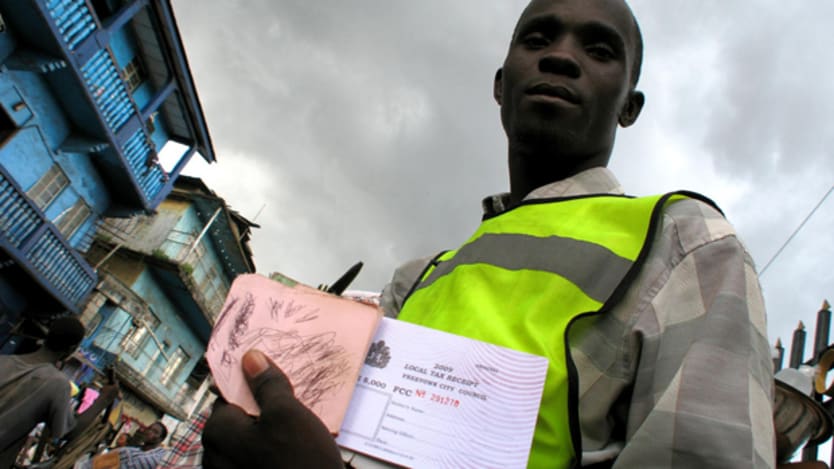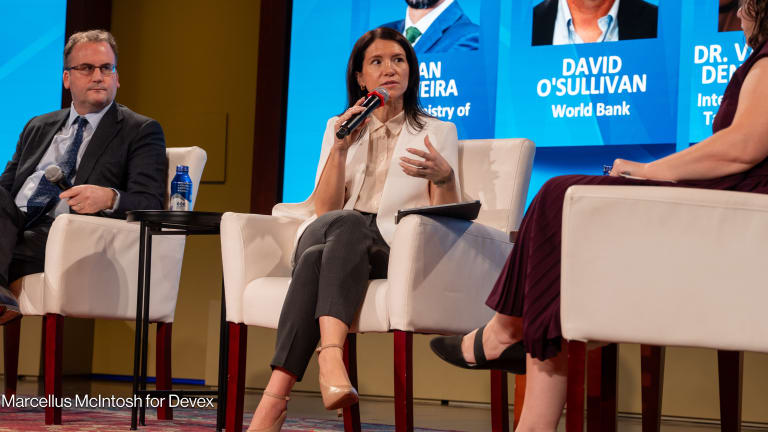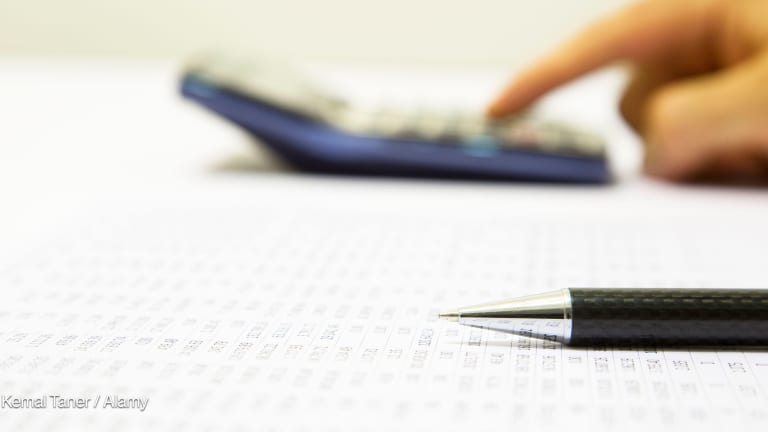
This week in Mexico City, I will be joining development leaders spanning government, private sector and civil society for the first high-level meeting of the Global Partnership for Effective Development Cooperation.
As part of these meetings, I’m honored to be moderating a panel of distinguished civil society leaders on the issue of linking domestic resource mobilization to public expenditure needs — just one of three focus sessions and a plenary session dedicated to exploring issues around DRM at this landmark event.
While DRM lacks the “headline” appeal of reduced poverty or child mortality rates, the fact that DRM is at the center of discussions about the post-2015 development agenda is a welcome and important development.
The “business case” for stronger tax systems is already well known. Taxes provide governments with the funds needed to invest in development, alleviate poverty, and deliver the public services and infrastructure that are needed to promote growth. For developing countries, taxes also offer the pathway out of aid dependence and, more importantly, allow those countries to take ownership of their development strategies and meet the needs of their citizens. What’s more, sound and efficient revenue administration ensures that taxation imposes minimal costs on the private sector, and that the goods that vibrant and healthy economies depend on — from food to pharmaceuticals — are not needlessly held up at the border.
So what is the state of DRM today?
Since the Millennium Development Goals were adopted in 2000, developing countries have seen noticeable gains in DRM that, in turn, have enabled similarly noticeable increases in government spending. These gains are due to underlying economic growth as well as, in some cases, improved collection efforts. Yet half of sub-Saharan African countries, not to mention several Asian and Latin American countries, still mobilize less than 17 percent of their GDP in tax revenues. And in Africa, revenue growth has been driven more by exports of oil and other natural resources than by real improvements in national tax systems.
Unfortunately, most of these countries have not yet found the antidote to small tax bases, large informal sectors, widespread evasion and abuse of tax rules. Tackling illicit financial flows and improving tax administration systems need to be high on everybody’s agendas.
What about the expenditure side?
Even accounting for official development assistance already committed, developing countries face financing gaps of tremendous proportions. Many countries barely muster a third of the $60 per capita in health spending needed to achieve universal coverage with a basic package of health services. Globally, an additional $55 to $120 billion would be needed to cover the price tag for reaching the MDGs for both water and sanitation. And to finance the construction, operation and maintenance of critically needed infrastructure, overall infrastructure spending in Africa would need to increase by more than $50 billion each year — equal to roughly 4 percent of these countries’ GDP.
How aid can improve DRM
Despite the best intentions, aid from all sectors is not going to fill these gaps, especially at a time when donor country governments are grappling with fiscal constraints and budget cuts at home. More and better DRM, therefore, is and must be central to discussions about development and graduation from lower-income status.
That’s why we need to figure out what role aid can play in improving DRM.
Multilateral and bilateral donors help developing countries to grow their economies, which is essential to DRM. Donors directly promote both stronger DRM and more transparent, taxpayer-friendly business environments by providing technical assistance, capacity building, and commodities in the areas of tax and customs policy and administration. They can also help by bringing global experience and support to bear on addressing illicit flows and the international aspects of taxation, and on improving the measurement of DRM gaps and results. These kinds of DRM assistance can have a major impact on revenue mobilization, especially where countries demonstrate the political will to implement the necessary institutional and tax policy reforms.
In fact, recent experience in a number of countries by the U.S. Agency for International Development (Georgia, El Salvador) and the U.K. Department for International Development (Tanzania, Rwanda) suggests that a relatively small but sustained commitment can help partner countries achieve a high level of impact. In El Salvador, for example, one USAID project raised government revenues by $40 million annually — roughly $200 million in additional tax receipts over the project’s five years — with an investment of just $5.8 million.
Unfortunately, USAID budgets have little flexibility to dramatically increase funding for this important topic, which is partly due to the fact that spending on a number of critical social services, such as education, water and health, generally do not include approaches to increase DRM for the very services we are trying to strengthen.
In the days ahead, I hope to initiate conversations about using some of those funds on DRM projects that can help mobilize domestic resources for education, water and health, both now and in the future.
Mexico City provides a platform for tackling hard questions about where we go from here. With the ministerial meeting fast approaching, I am truly energized about the agenda. And while I am eager to participate in the wider discussions about effective development cooperation, I especially look forward to engaging my distinguished panelists in a vigorous conversation around DRM, its connection to meeting expenditure needs, and the prospects for leveraging DRM enthusiasm to build a broad-based coalition for sustainably resourced delivery of public services.
Join the Devex community and access more in-depth analysis, breaking news and business advice — and a host of other services — on international development, humanitarian aid and global health.








